BMW refreshes the iX – updates in design and technology
What’s clear is that even after the facelift, the BMW iX remains instantly recognisable – the designers have opted against a radical overhaul in this mid-cycle update. The signature kidney grille, often referred to as “rabbit teeth” in jest, remains a defining feature. However, following the example set by the i4 facelift, the closed grille now features a new pattern, along with the addition of BMW’s signature ‘Iconic Glow’ illuminated contour lighting, which comes as standard on the new BMW iX M70 xDrive. The headlights and air intakes on the front bumper have also been redesigned, adding a fresh touch to the vehicle’s front end. Despite these updates, the iX has retained its dimensions, measuring 4.97 metres in length; just shy of the five-metre mark.
BMW claims that the “almost seamless design and larger areas painted in body colour” on the front and rear bumpers lend the iX a “sporty yet elegant presence” as standard. For those seeking a more dynamic aesthetic, the optional ‘M Sport Package’ is available, which features “bold contours, prominent air intakes at the front, and vertical reflectors at the rear to emphasise its sporty character.” Additionally, the colour palette has undergone a comprehensive revamp, offering customers an updated range of finishes to personalise their vehicles.
The same applies to the drivetrains and batteries, although the iX continues to operate on a 400-volt platform. BMW plans to introduce 800-volt systems with the upcoming ‘Neue Klasse’ models. This shift is likely to result in significantly improved charging performance for the smaller iX3 successor, potentially surpassing the current flagship electric SUV, which still relies on the 400-volt system architecture.
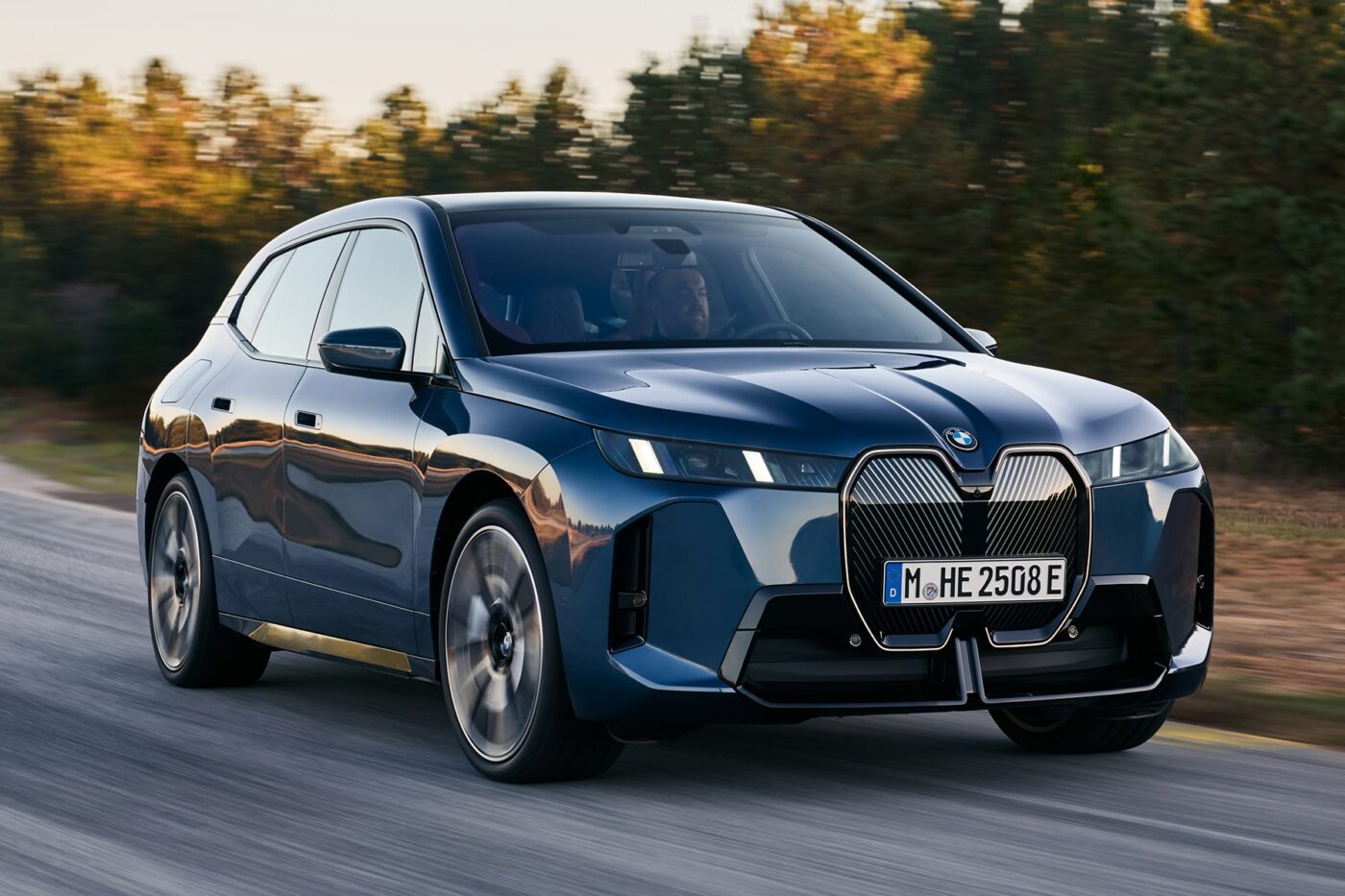
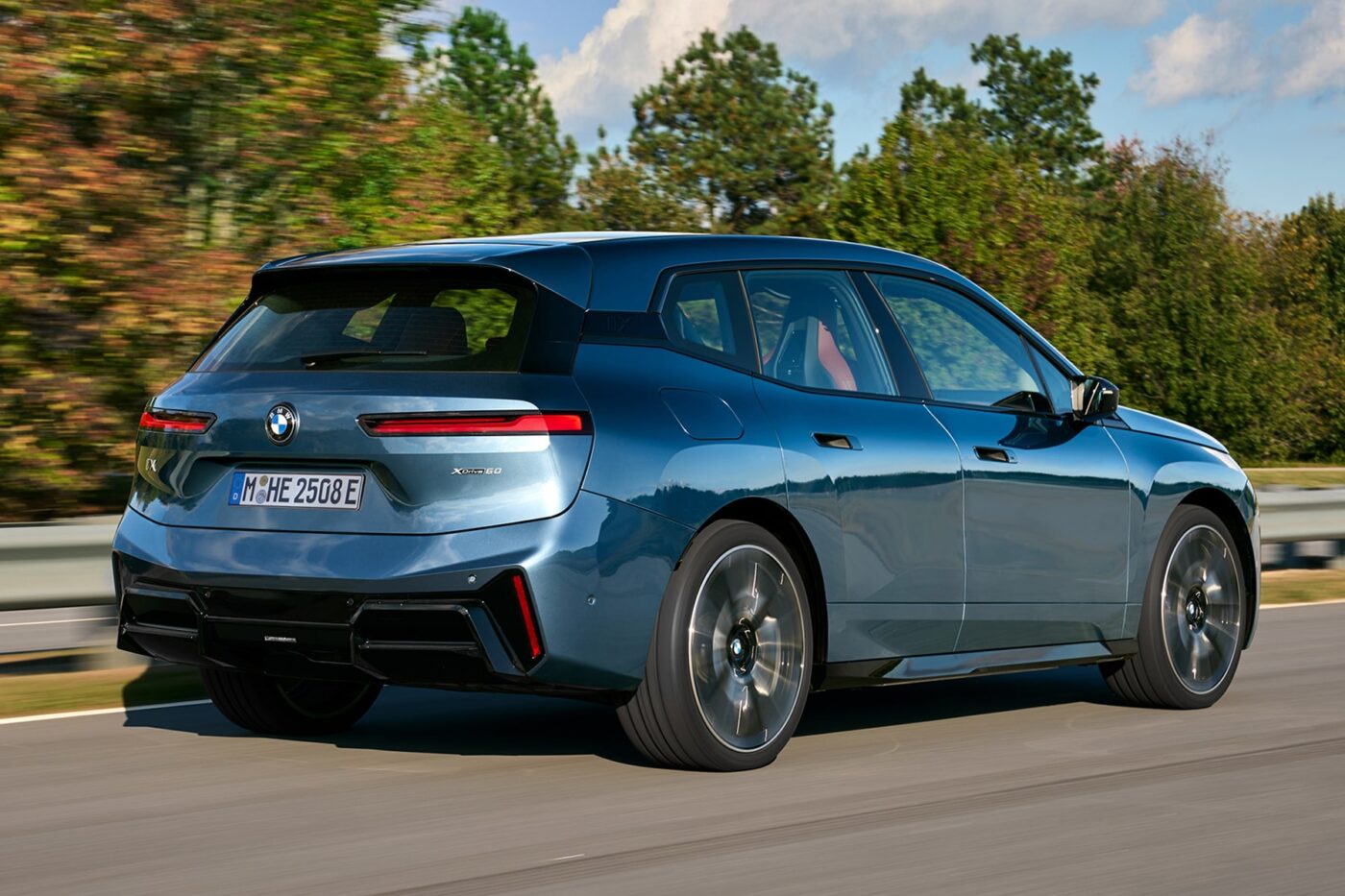
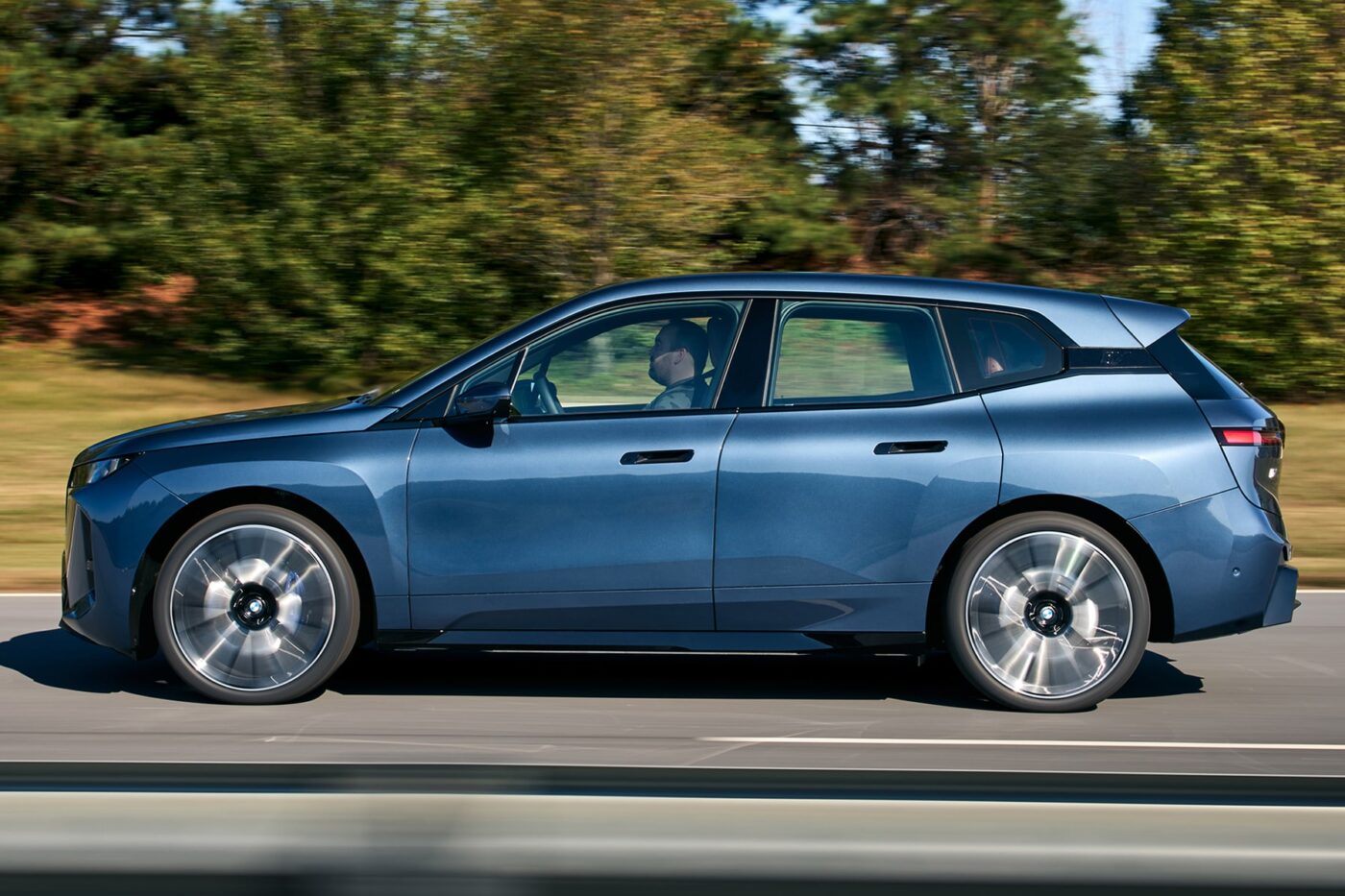
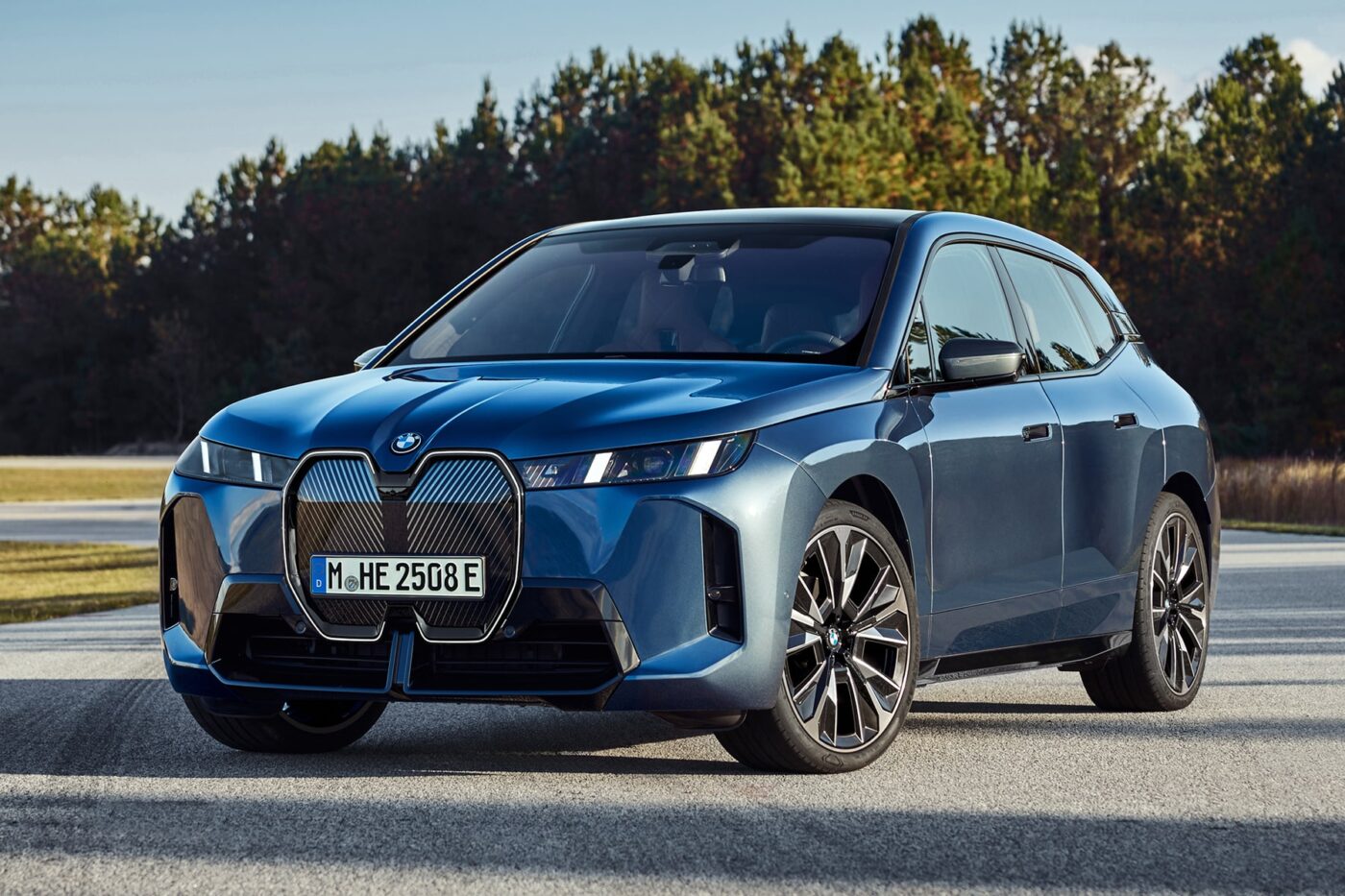
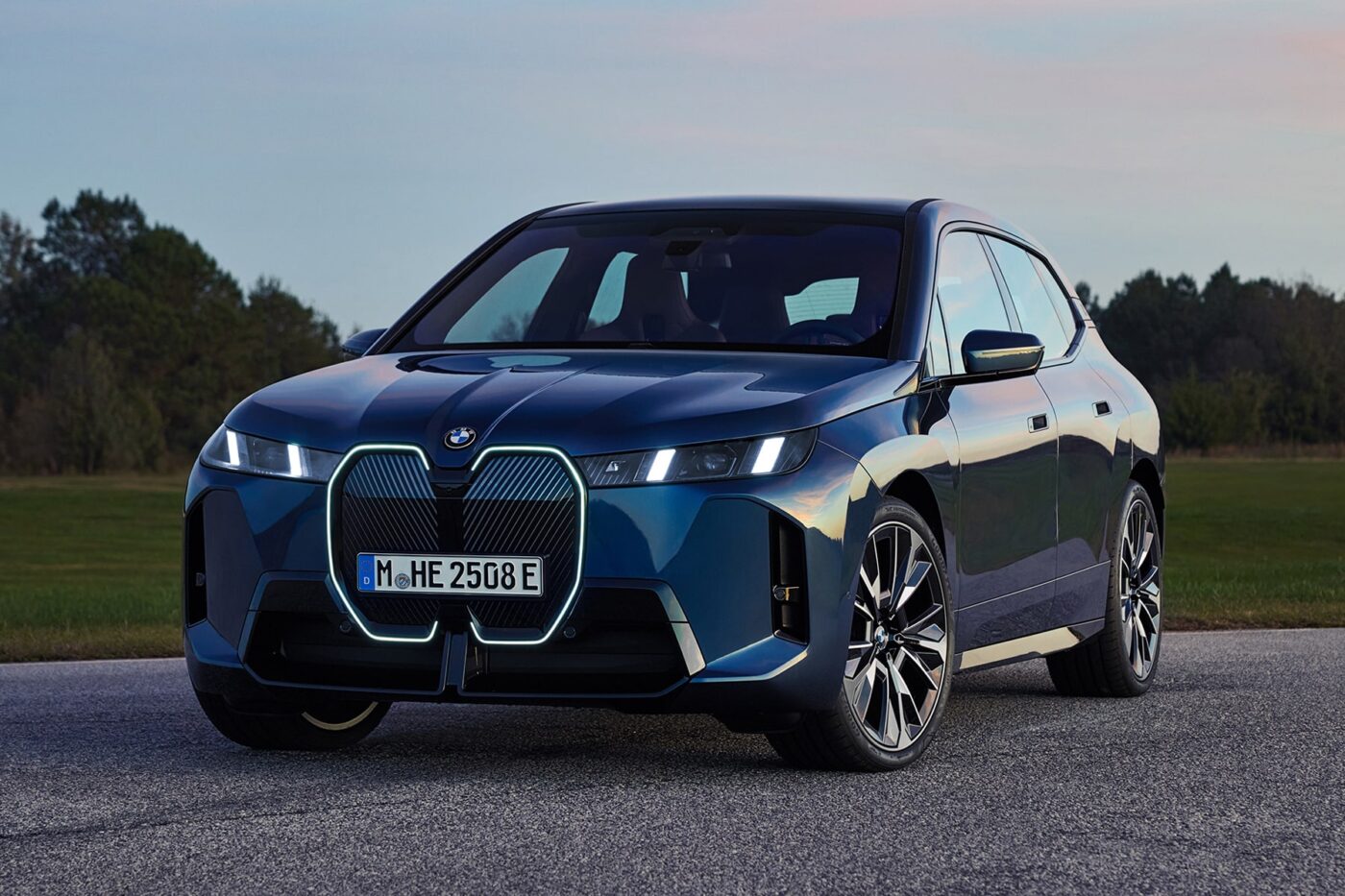
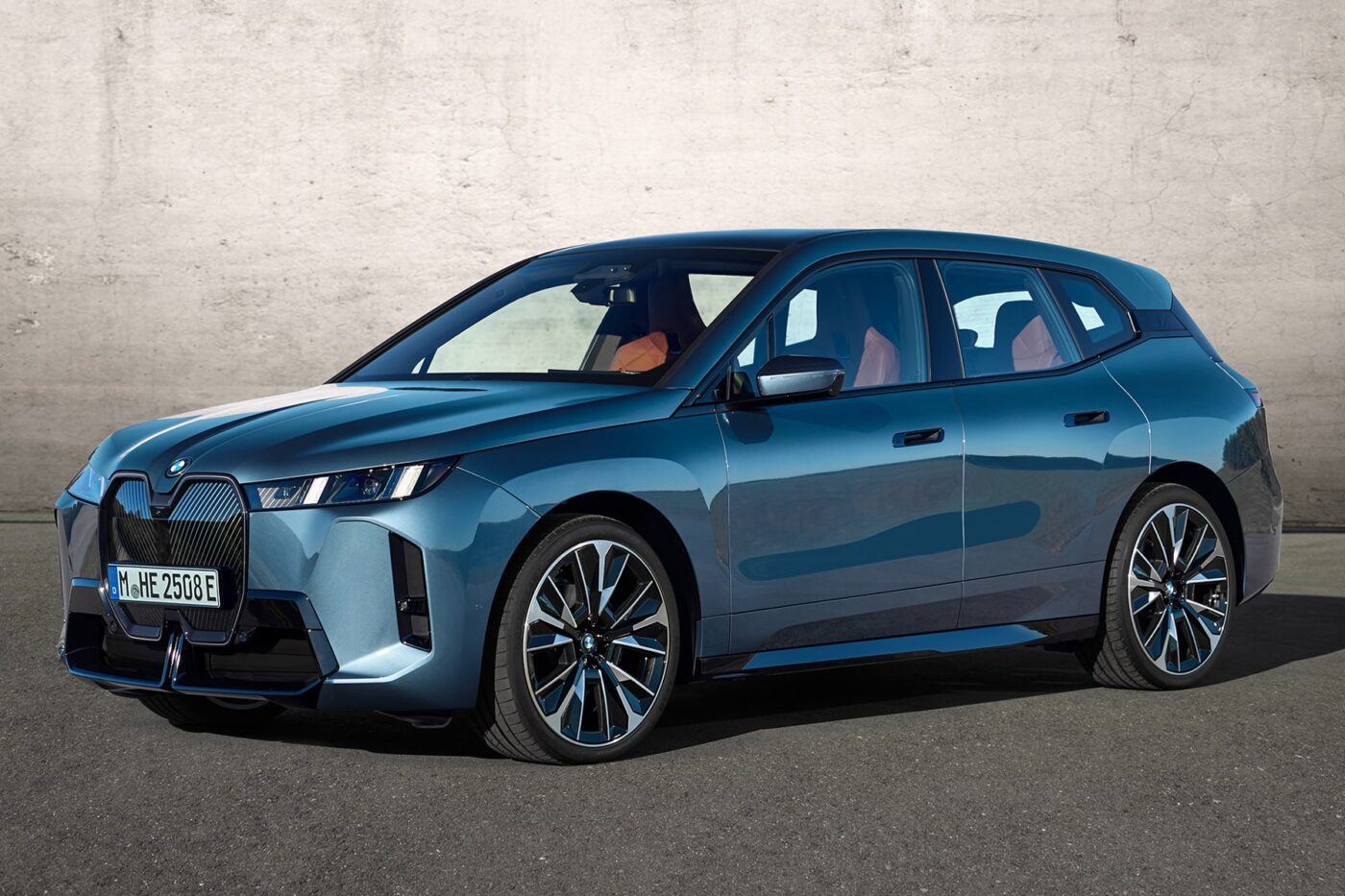
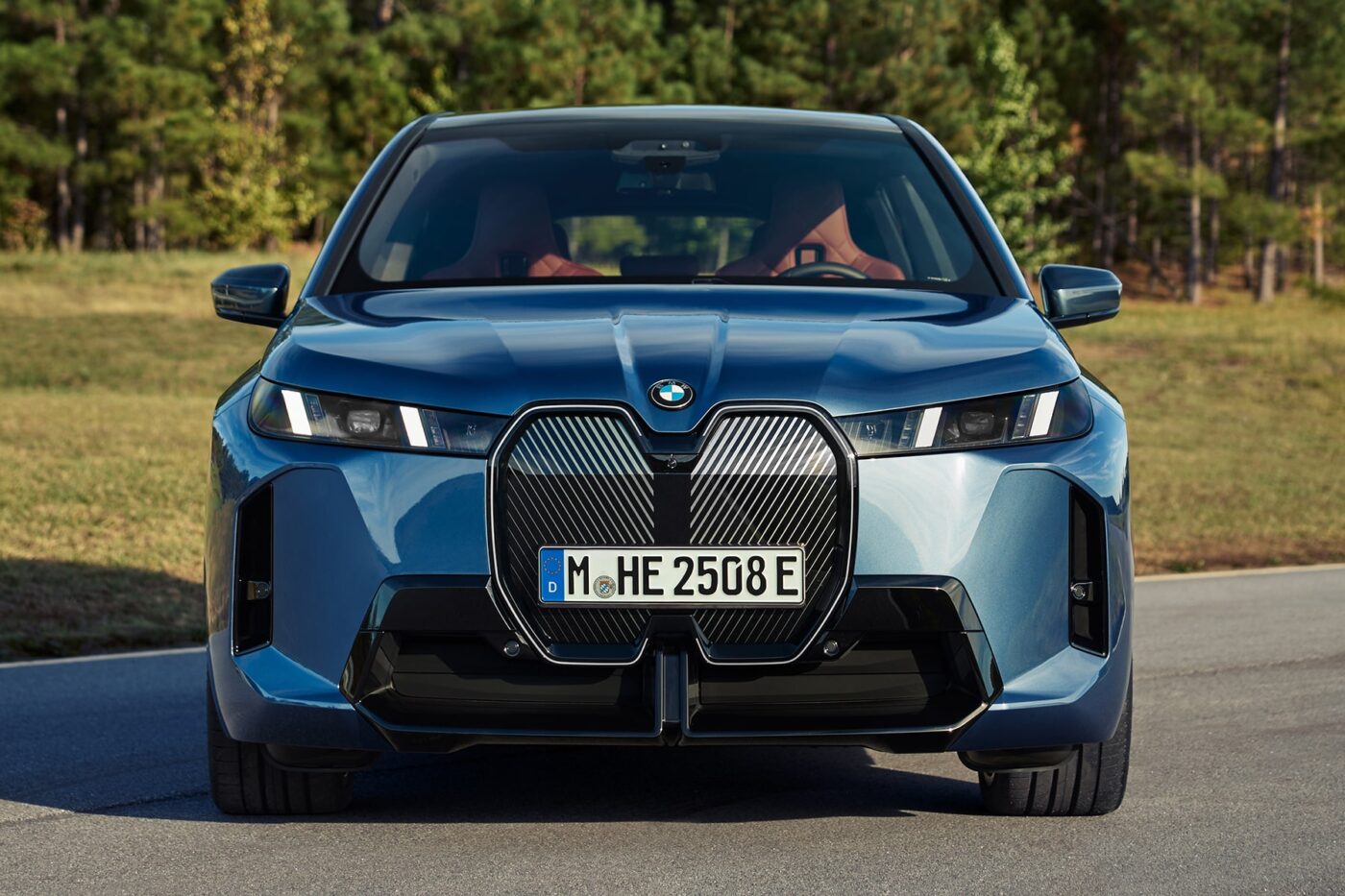
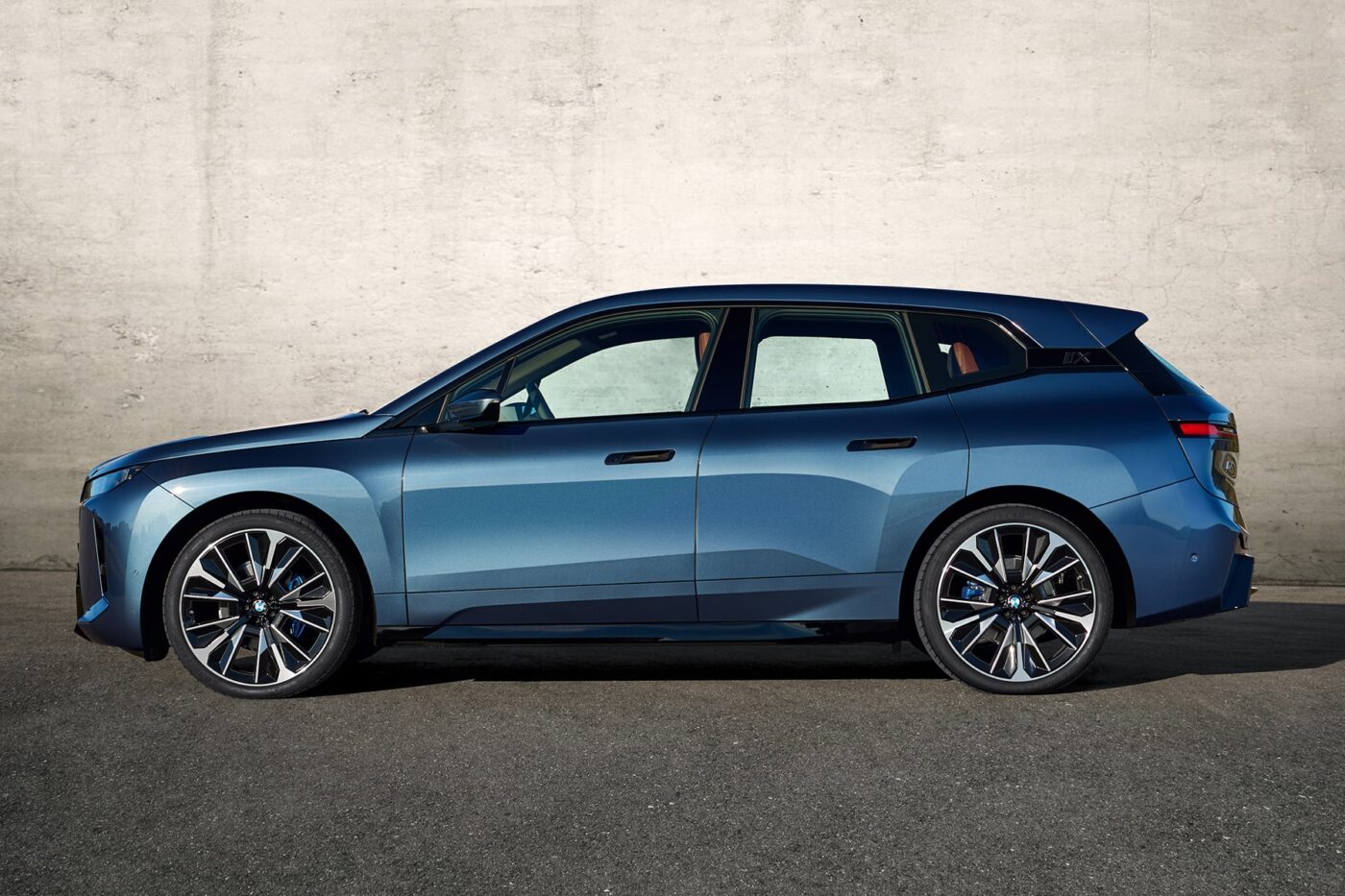
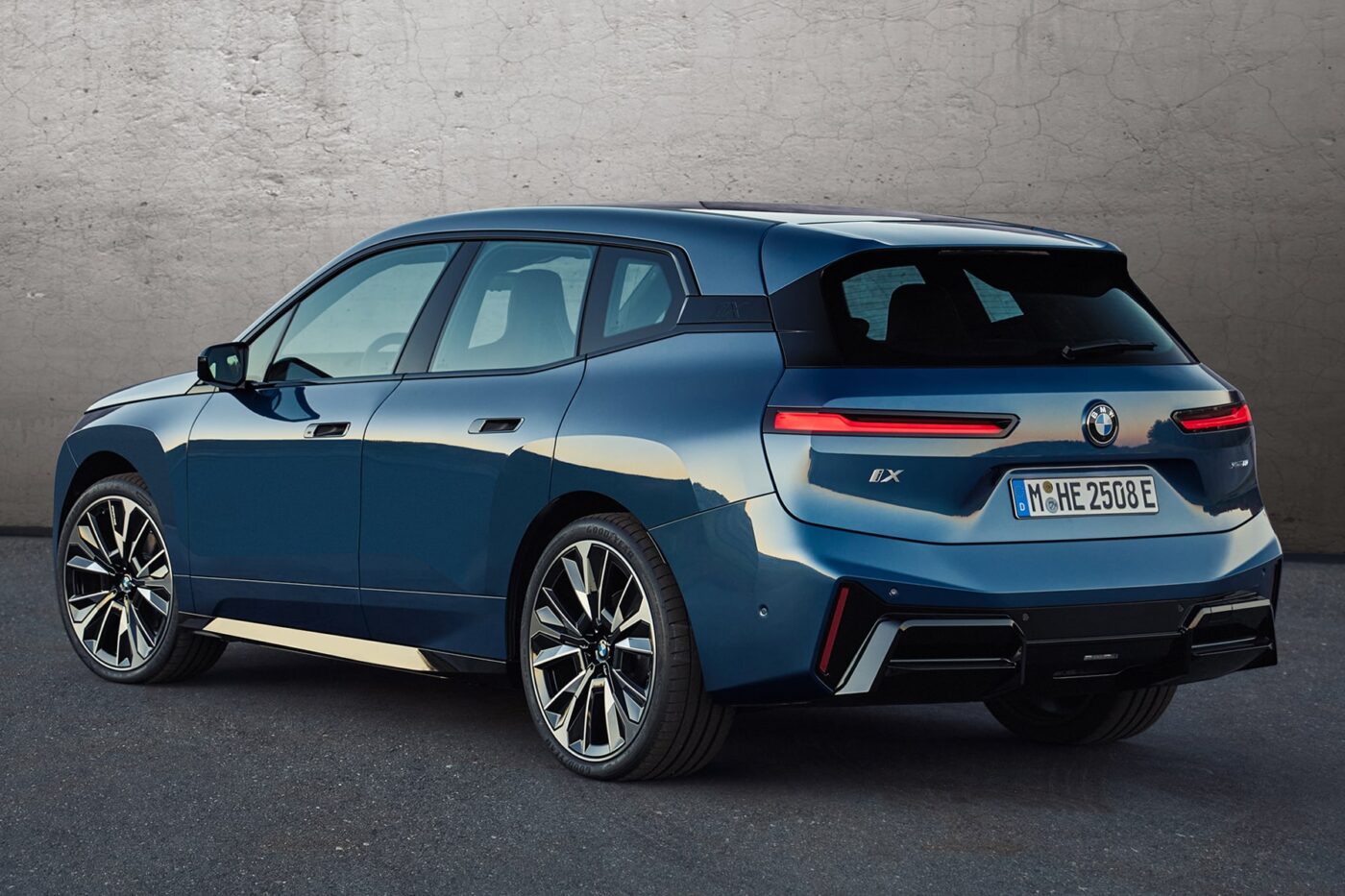
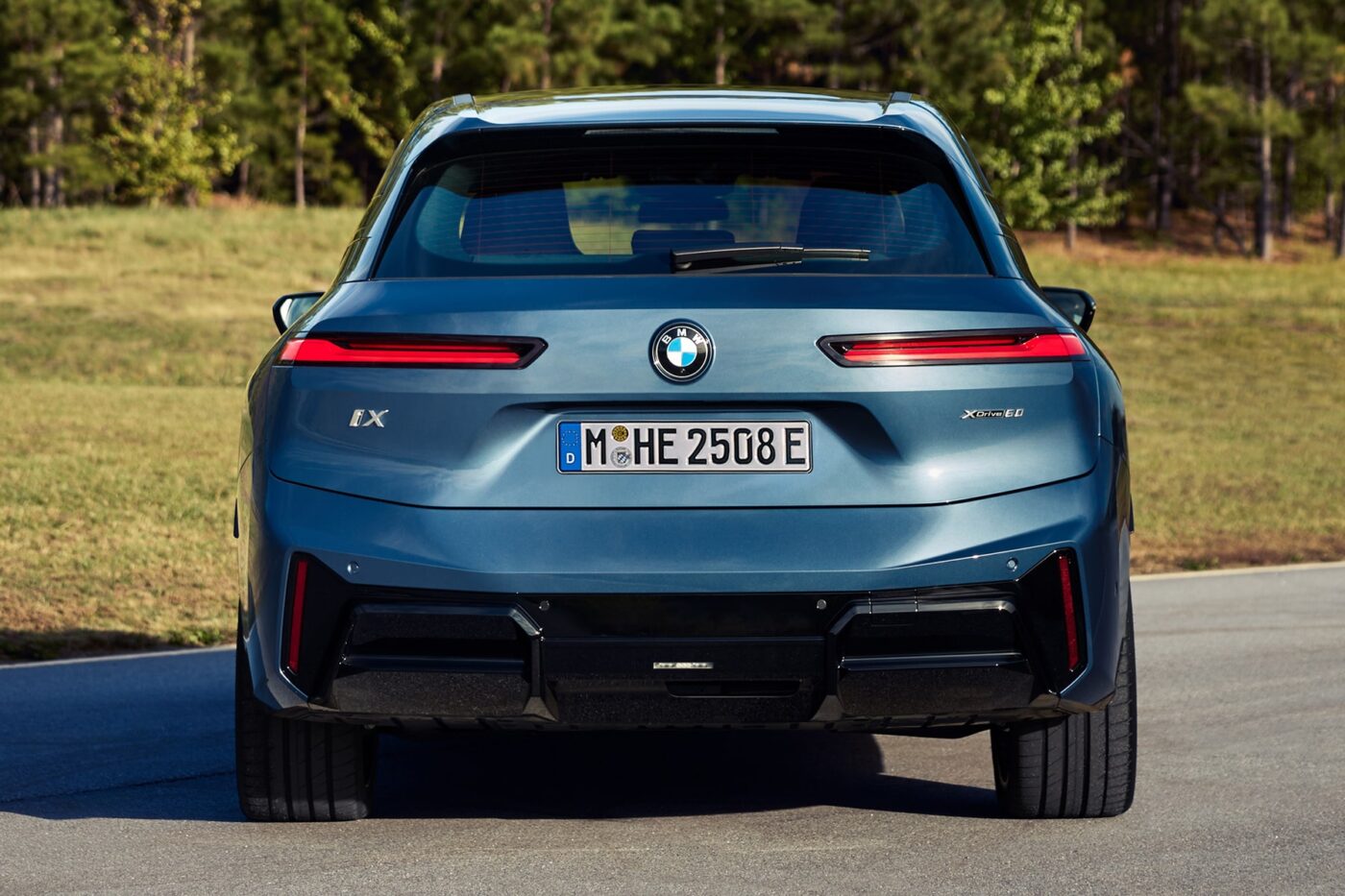
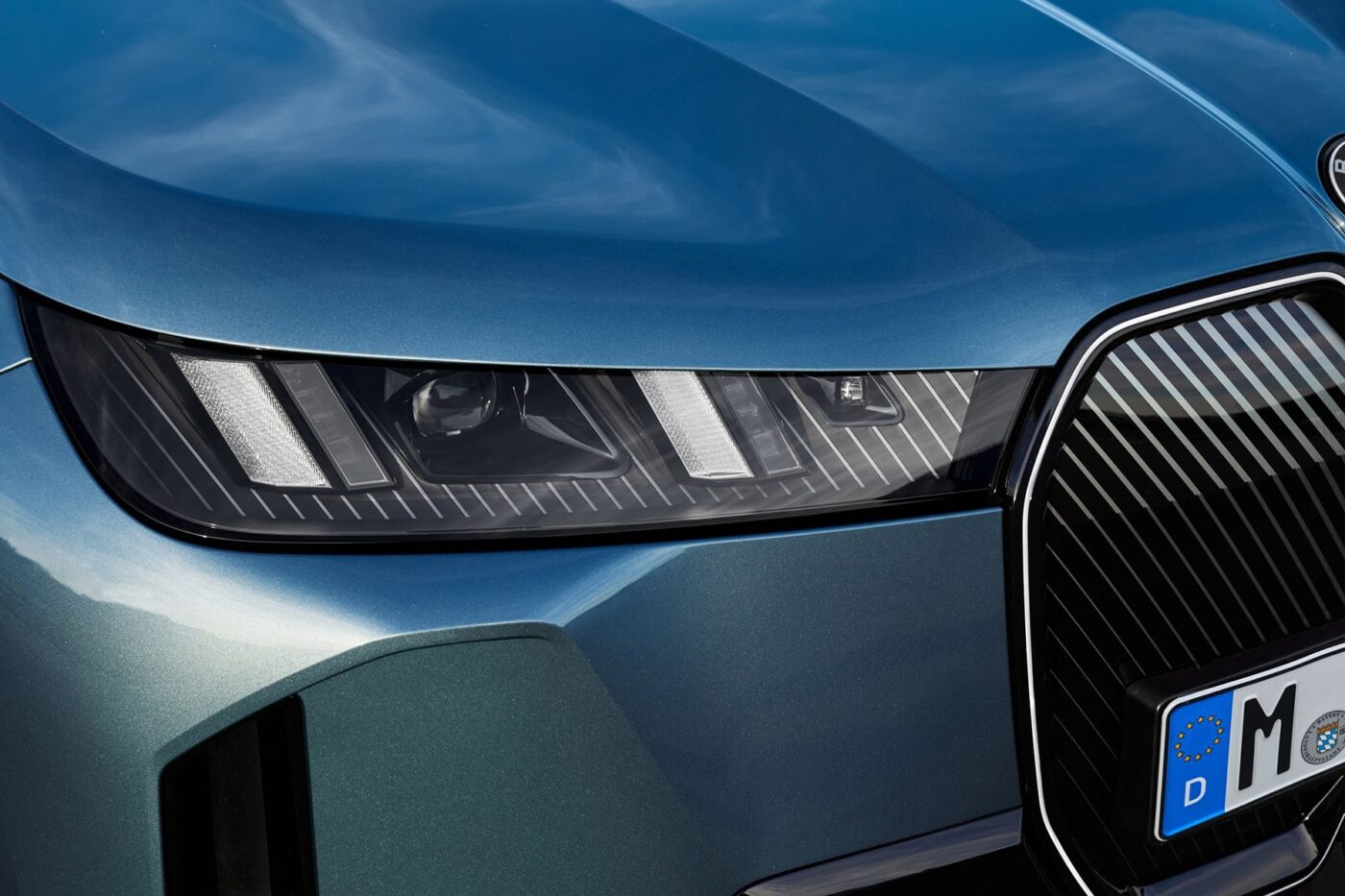
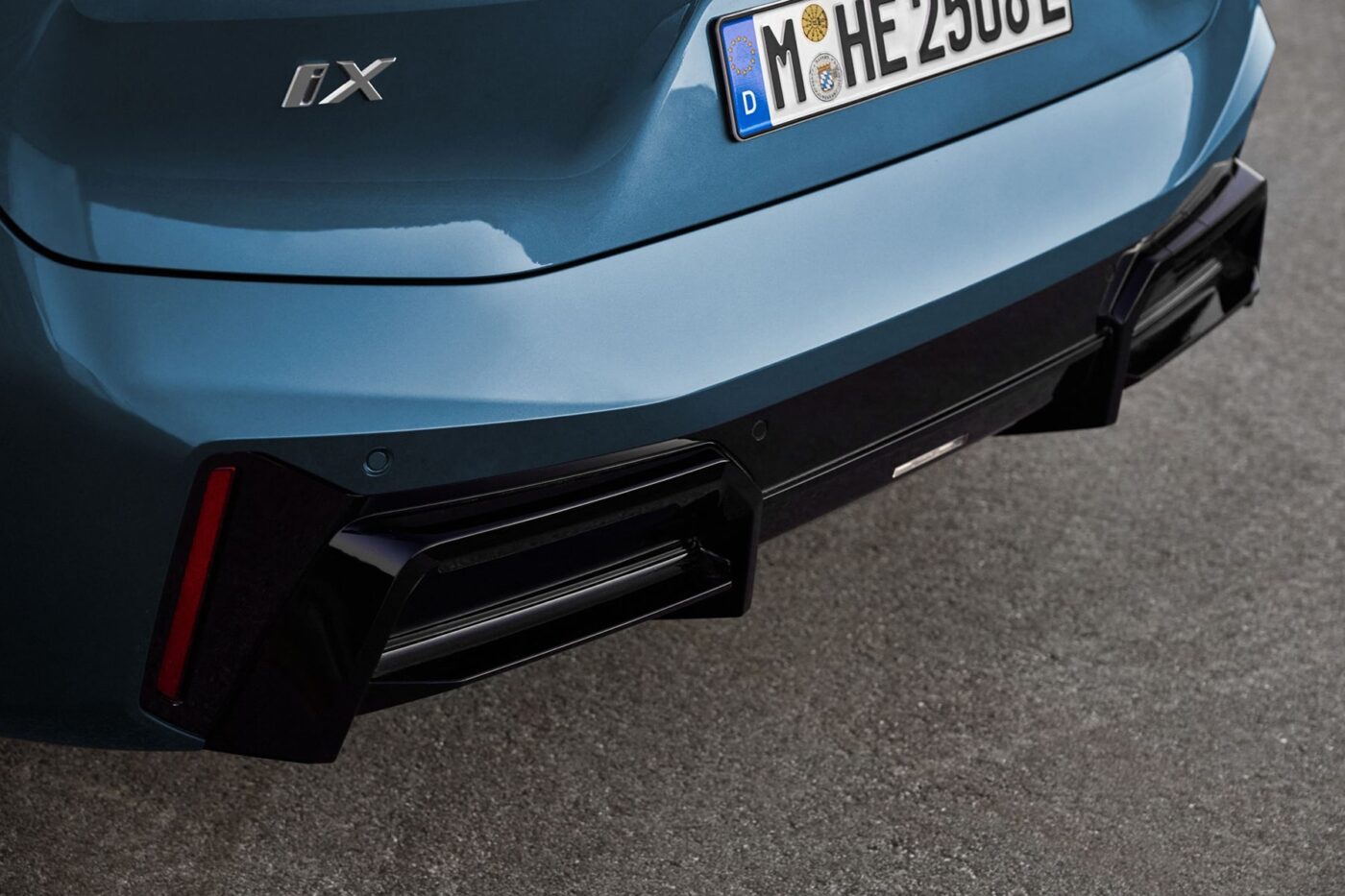
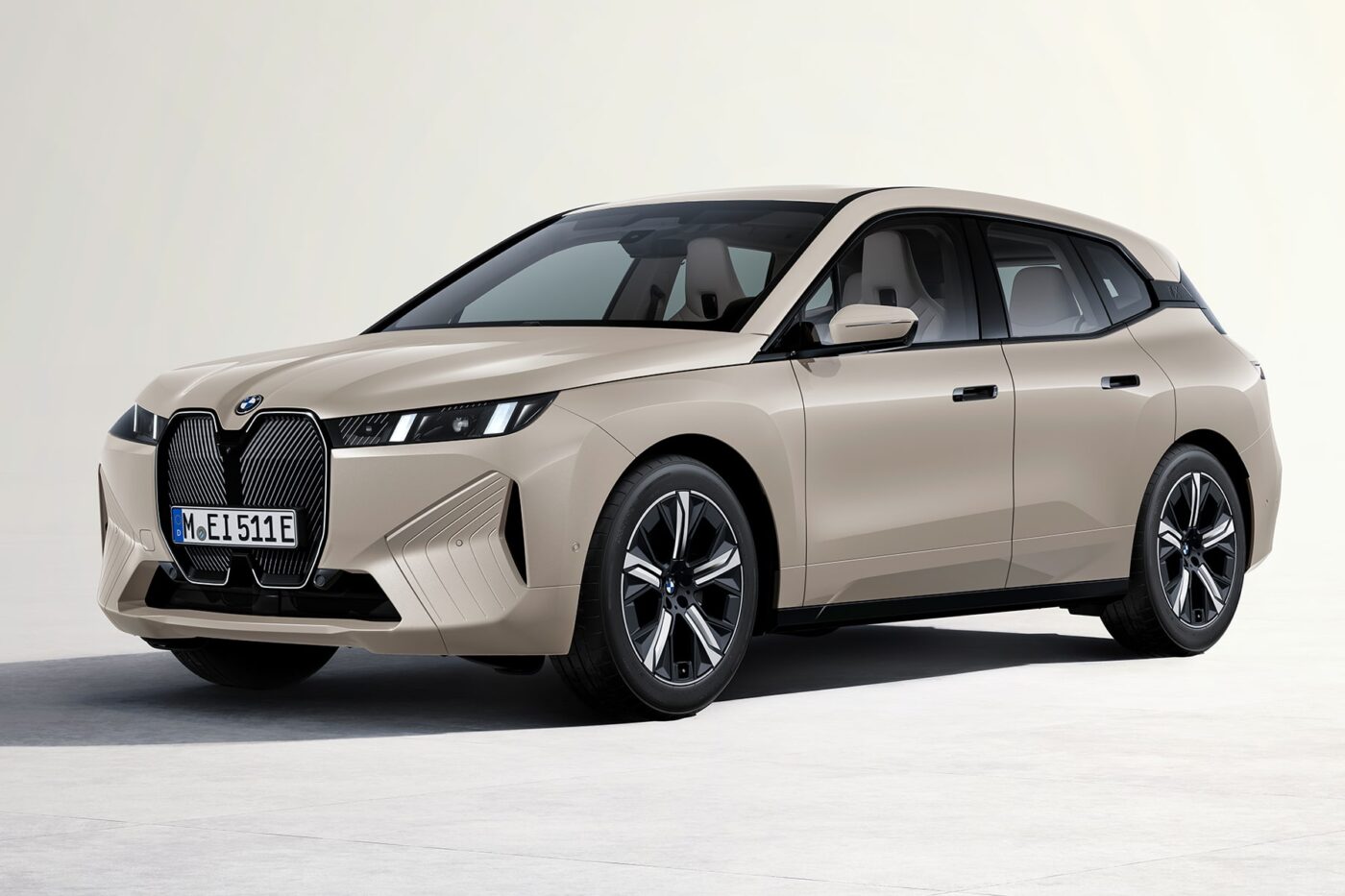

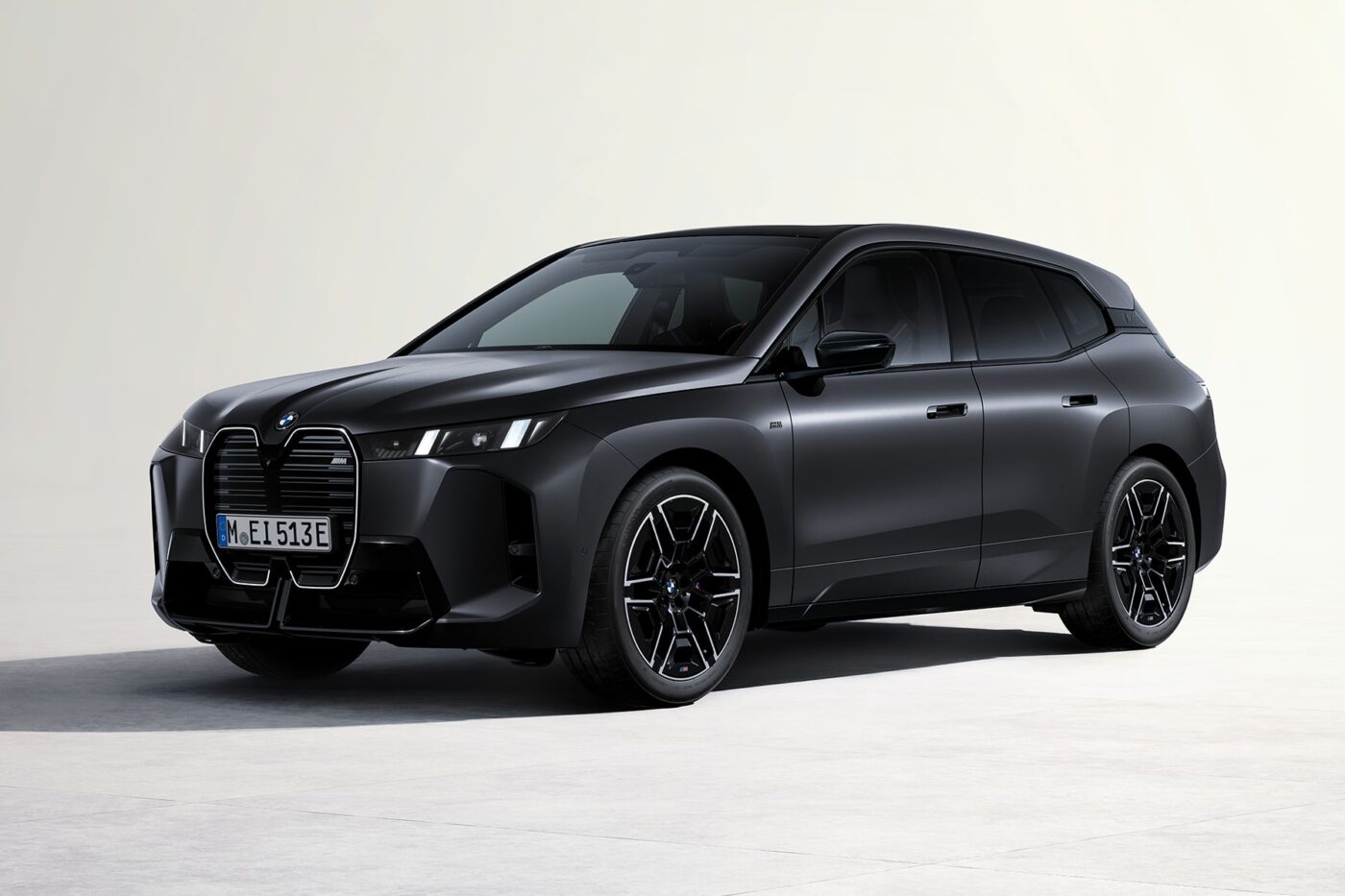


Let’s first look at the drivetrains: the lineup still consists of three variants, but all have received a notable power boost—enough for BMW to update the model designations. The entry-level iX xDrive 40 is now the iX xDrive 45, with a 60 kW increase in system output to 300 kW. This upgrade shaves a full second off its 0 to 100 kph sprint, now achieved in 5.1 seconds instead of 6.1 seconds. The iX xDrive 60 (formerly known as the xDrive 50) sees its system output rise from 385 kW to 400 kW, enabling it to accelerate from 0 to 100 kph in 4.6 seconds. For both variants, the top speed remains electronically limited to 200 kph.
The range-topping iX M70 xDrive (previously the iX M60 xDrive) gains an additional 30 kW, bringing its total output to 485 kW. In ‘My Mode Sport,’ it delivers up to 1,100 Nm of maximum torque. Equipped with Launch Control, the high-performance BMW SUV accelerates from 0 to 100 kph in just 3.8 seconds, and using the “one-foot rollout” method, this drops to an impressive 3.5 seconds. Unlike the other variants, the M model boasts a higher top speed, capable of reaching up to 250 kph.
| iX xDrive45 | iX xDrive60 | iX M70 xDrive | |
|---|---|---|---|
| Drive | AWD | AWD | AWD |
| Power | 300 kW | 400 kW | 485 kW |
| Torque | 700 Nm | 765 Nm | 1.015 Nm |
| Acceleration | 5,1 s | 4,6 s | 3,8 s |
| Top speed | 200 kph | 200 kph | 250 kph |
| WLTP range | 602 km | 701 km | 600 km |
| Battery | 94,8 kWh | 109,1 kWh | 108,9 kWh |
| Charging capacity DC | 175 kW | 195 kW | 195 kW |
| Charging time DC 10-80% | 34 min | 35 min | 35 min |
| Price | 83,500 Euro | 99,900 Euro | 124,900 Euro |
According to BMW, the performance boost has been achieved through a “recalibration of the drivetrain system and further advancements in power electronics,” which also resulted in “noticeably improved power delivery.” However, the iX continues to utilise the fifth-generation electric motor technology, already proven to be highly efficient in the pre-facelift iX and other BMW models. This suggests that similar updates could potentially be applied to other models in the lineup.
The improvements aren’t merely down to software adjustments. BMW has introduced a new inverter technology for power electronics across all variants. This innovation enhances the power density of the drivetrain and ensures particularly high efficiency in transferring energy from the high-voltage battery to the electric motor.
With the battery capacity increased across all three variants, range figures (at least according to WLTP) are also on the rise. The facelift brings the most significant improvement to the entry-level model, which benefits from new battery cells that boost energy capacity by approximately 30%, from the previous 74.1 kWh to 94.8 kWh.
For the other two models, the changes are minimal: the iX xDrive60 now offers 109.1 kWh (up slightly from 108.8 kWh), while the iX M70 xDrive sees a marginal increase from 108.6 kWh to 108.9 kWh.
With the efficiency measures applied to aerodynamics and the drivetrain, the BMW iX now achieves a WLTP range of up to 701 kilometres in the iX xDrive60 – a significant improvement over the previous iX xDrive 50, which managed a maximum of 633 kilometres.
The iX M70 xDrive sees its range increase from 563 to a solid 600 kilometres on the WLTP cycle. Thanks to the 30% larger battery and enhanced efficiency, the iX xDrive45 stands to gain a 40% improvement in range – reaching 602 kilometres, up from the previous 435. This could make the new iX xDrive45 one of the most popular variants in the iX lineup.
Thanks to the new battery, charging speeds have been improved – the maximum charging power has increased from 150 kW to 175 kW, while the two larger batteries remain capped at 195 kW. However, neither variant can charge from 10 to 80 per cent in less than 34 minutes. BMW has further optimised the battery pre-conditioning, particularly in terms of energy consumption.
Additionally, the charging power regulation has been developed to maximise the potential of high charging rates. The new BMW iX now features a release button on the charging port. Furthermore, the upgraded onboard charger allows for AC charging at up to 22 kW across all iX variants (optional, with the M70 as standard), a feature that was previously only available on the iX M60 xDrive.
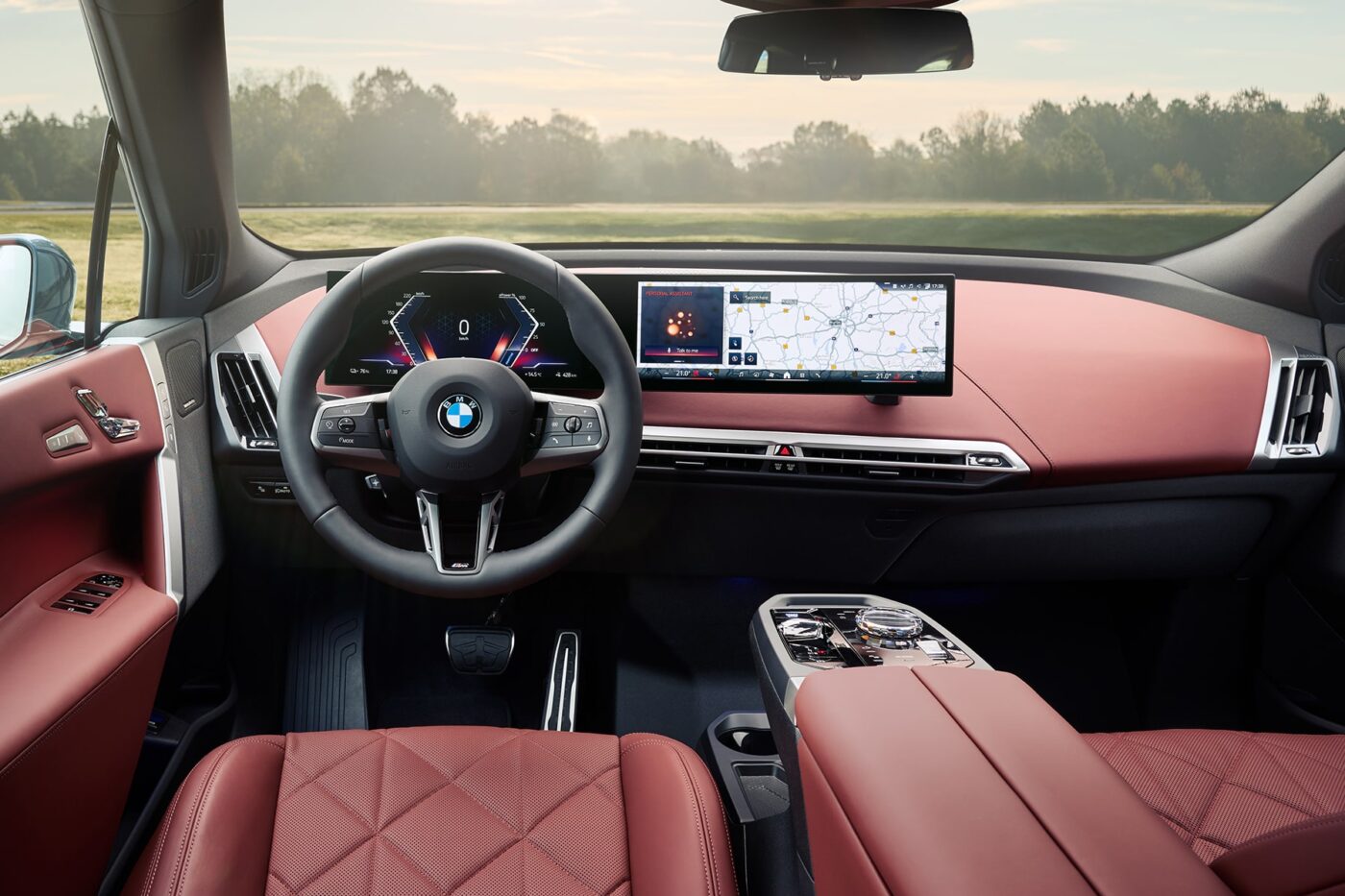
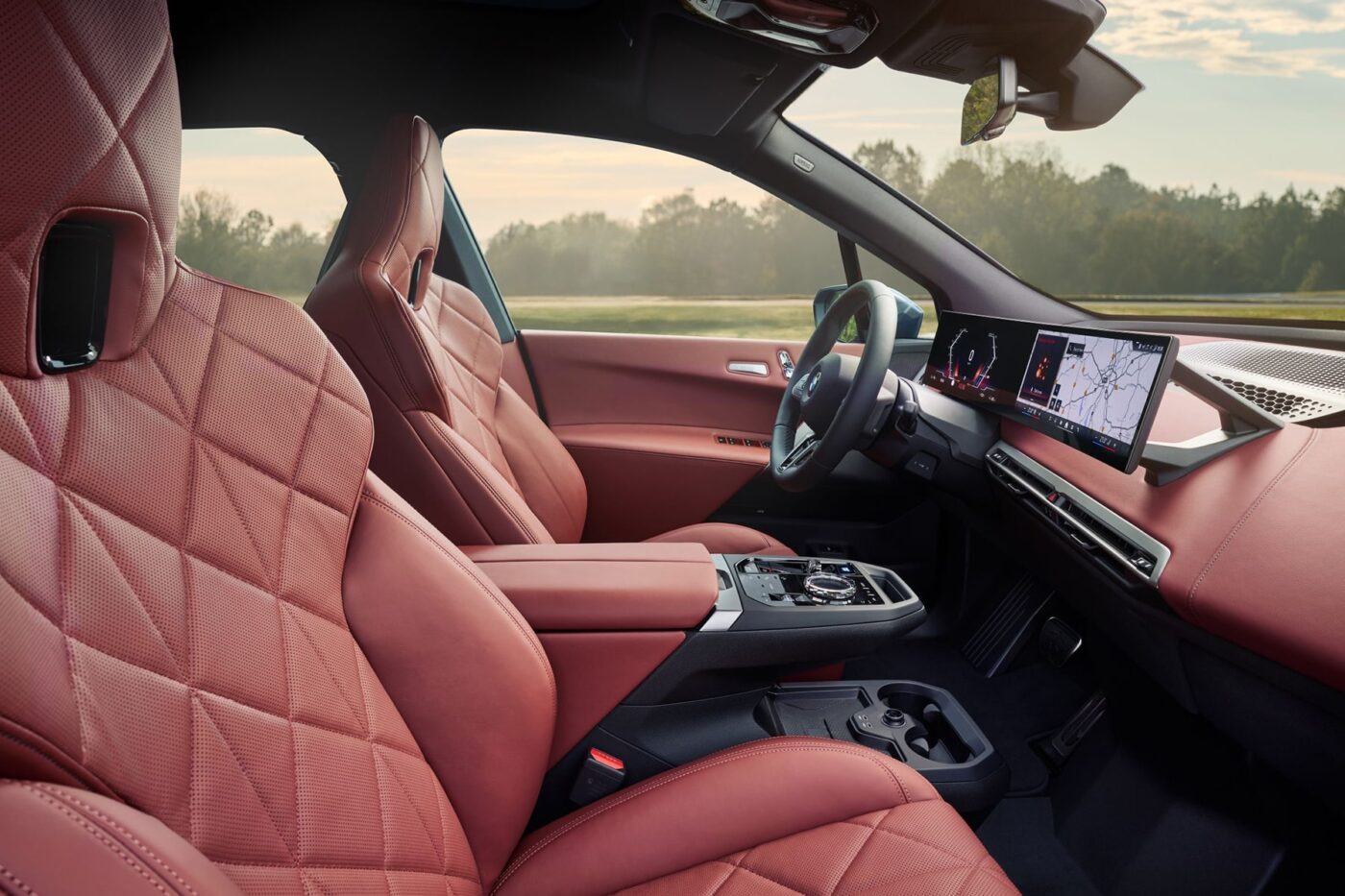
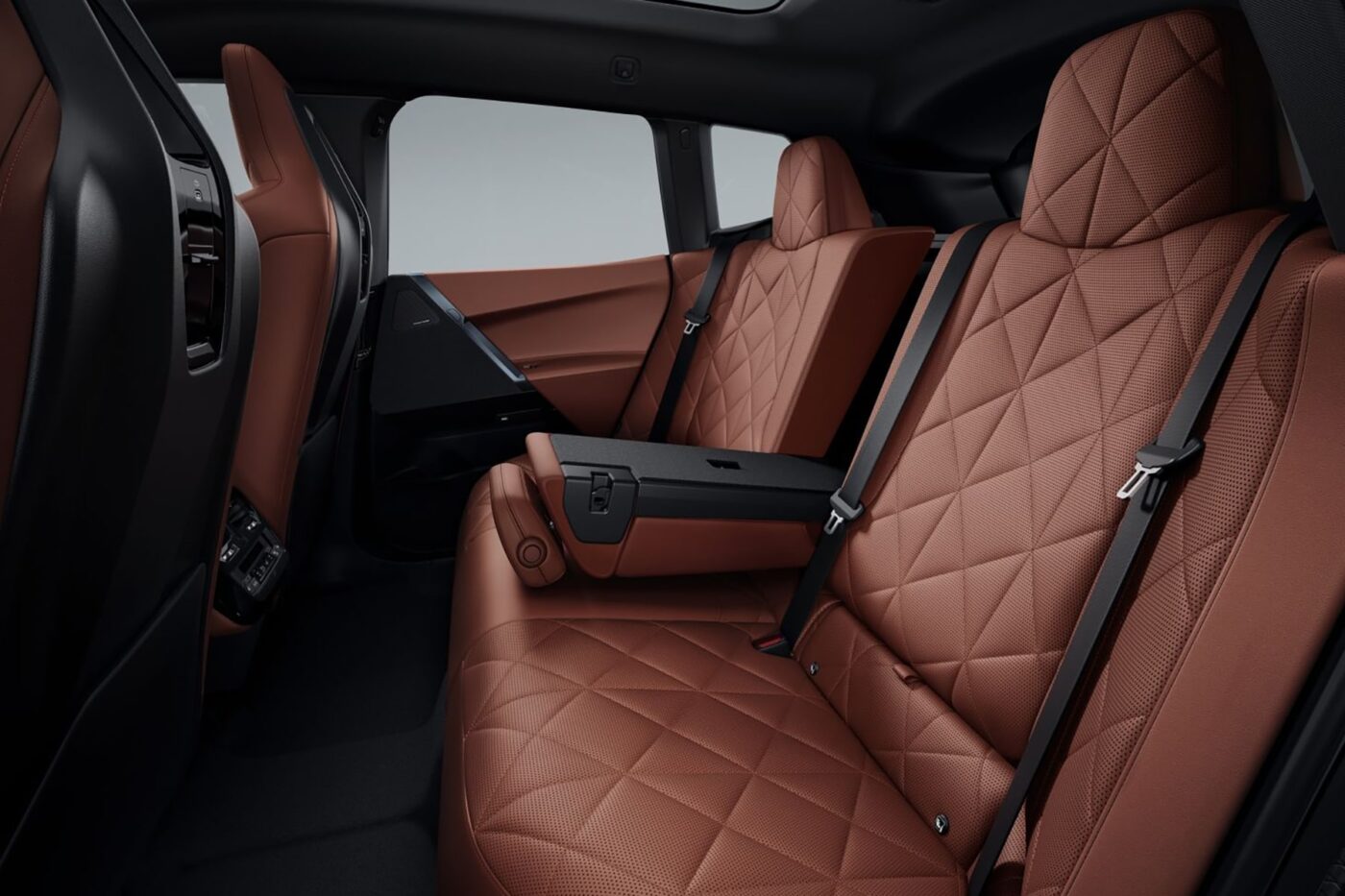
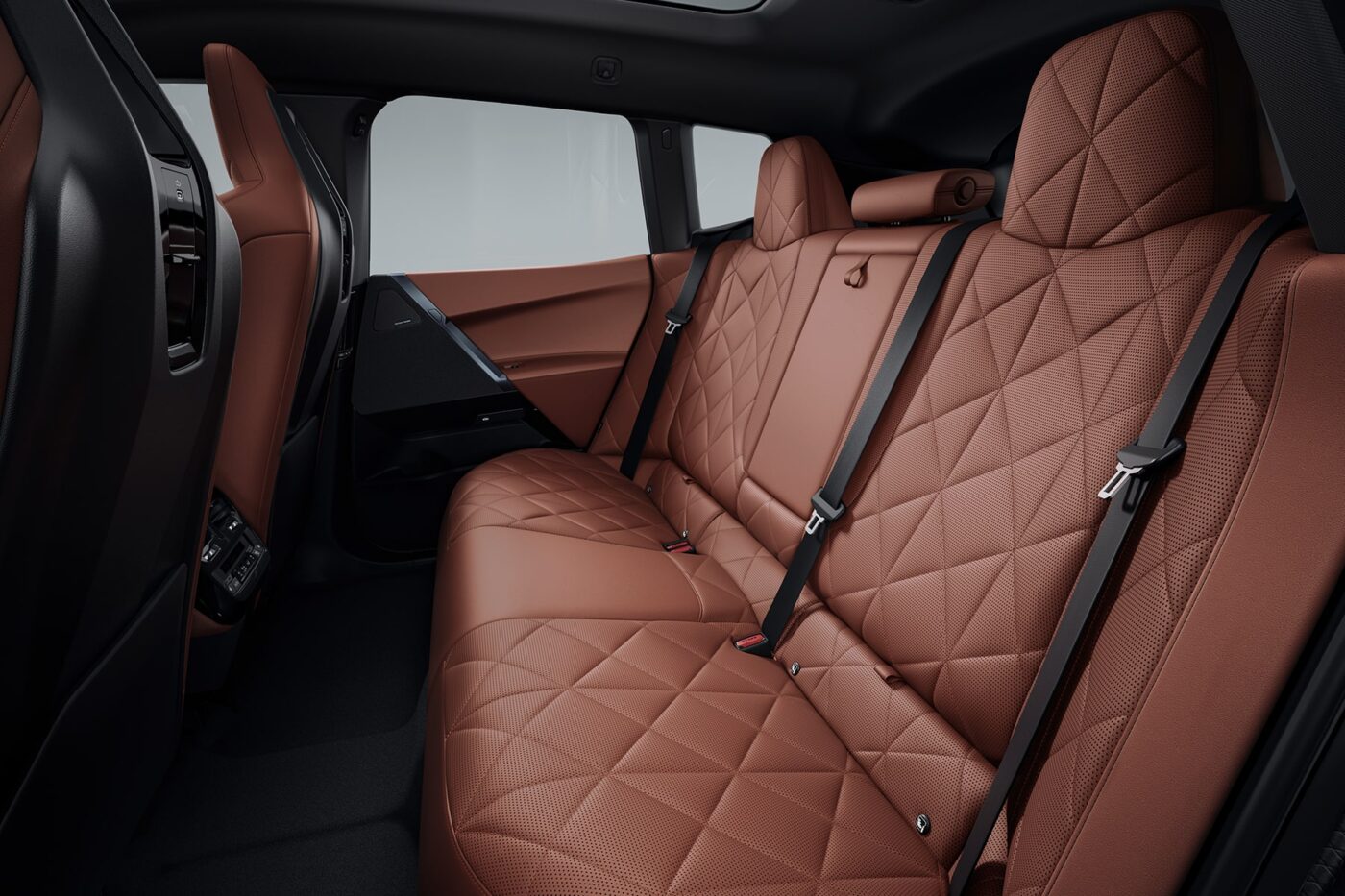
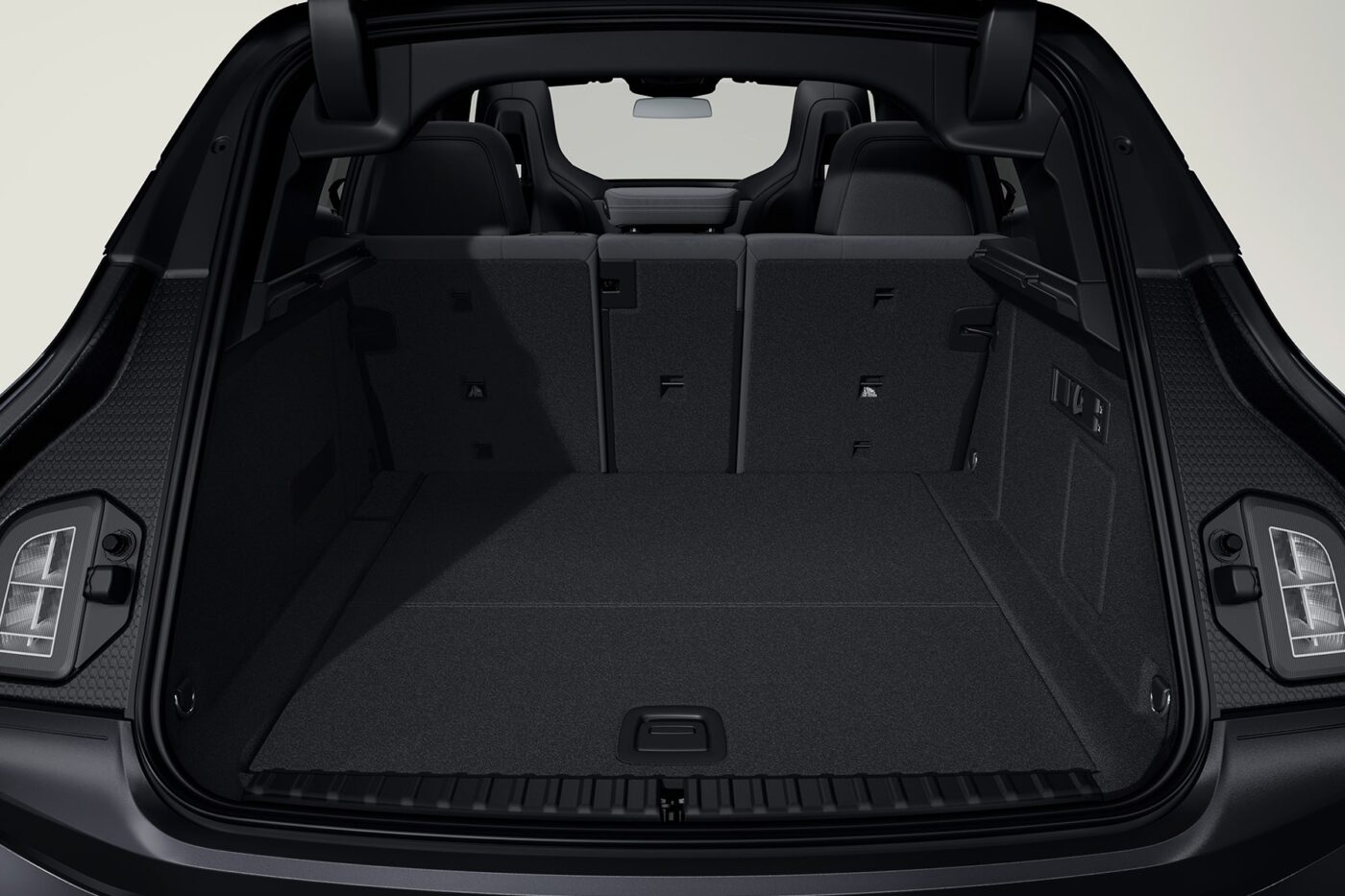


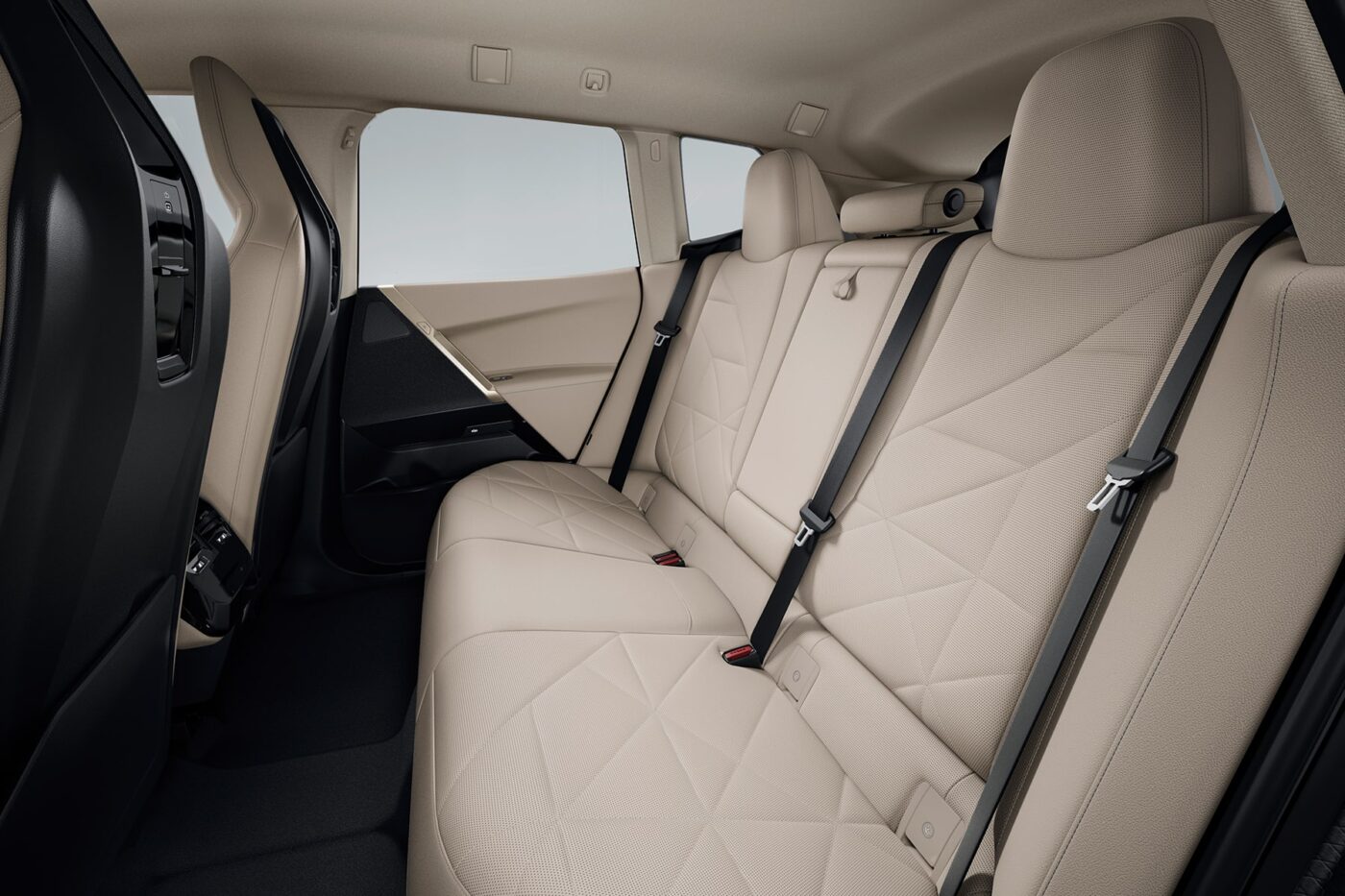
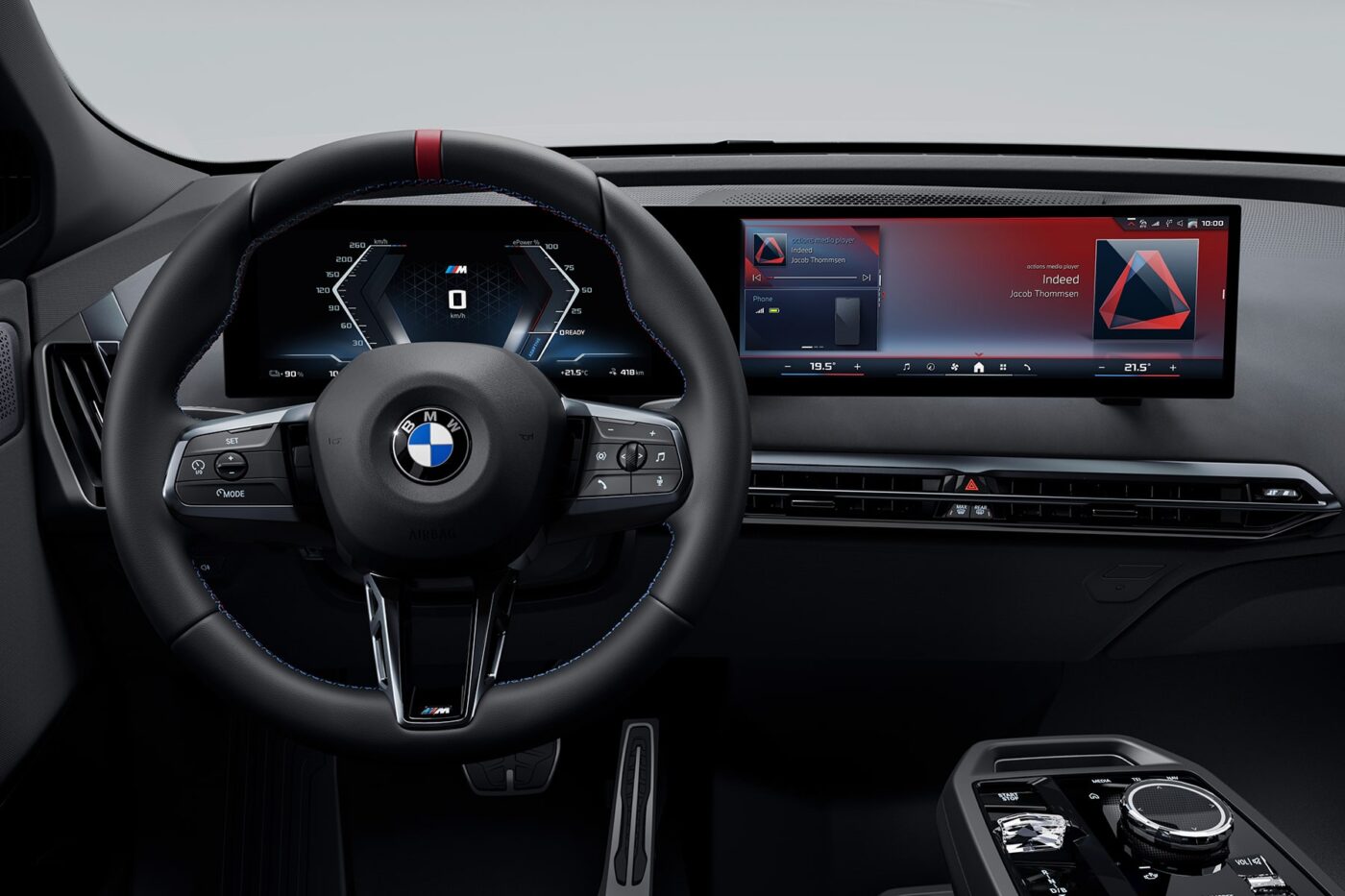

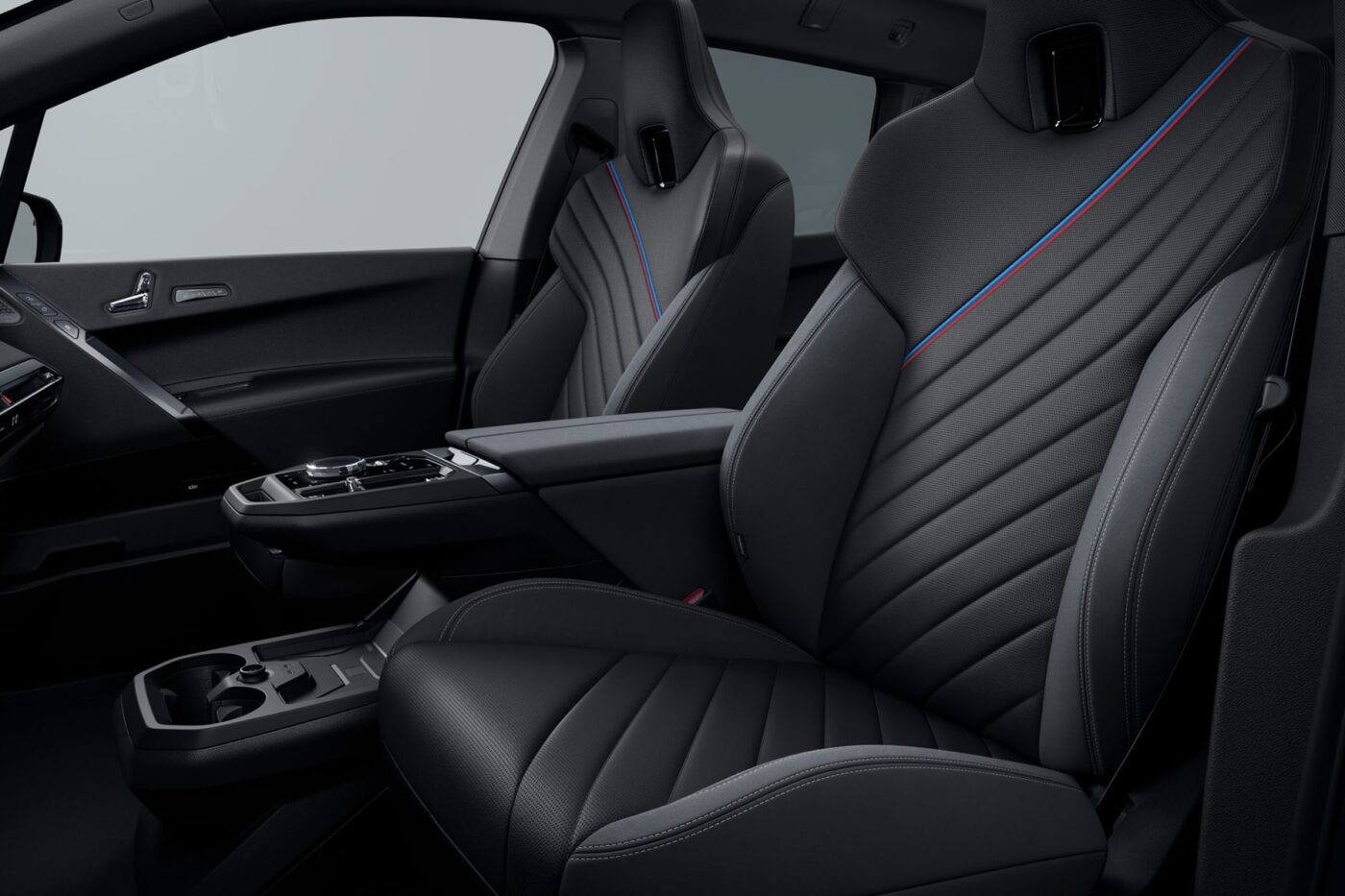
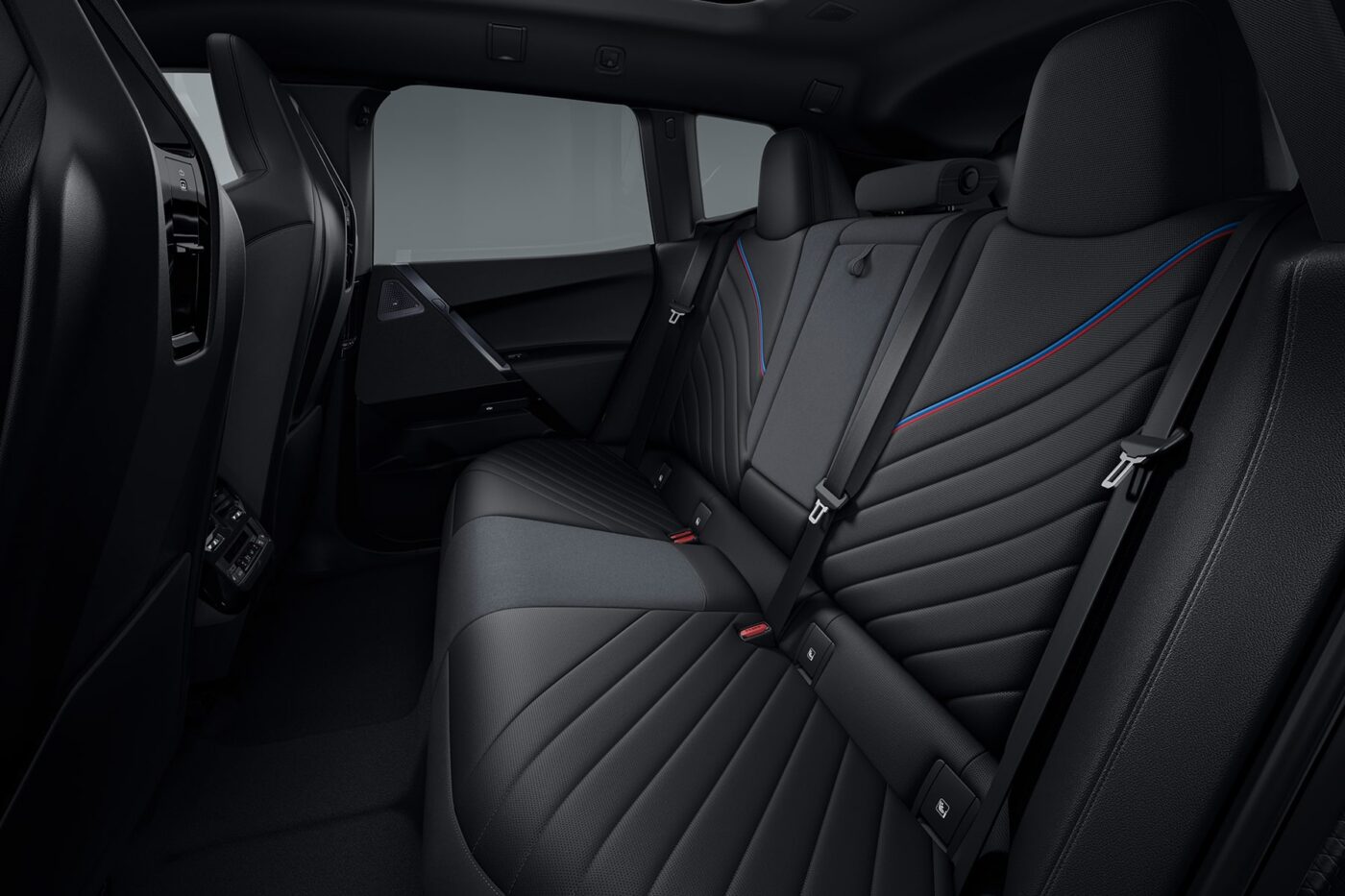
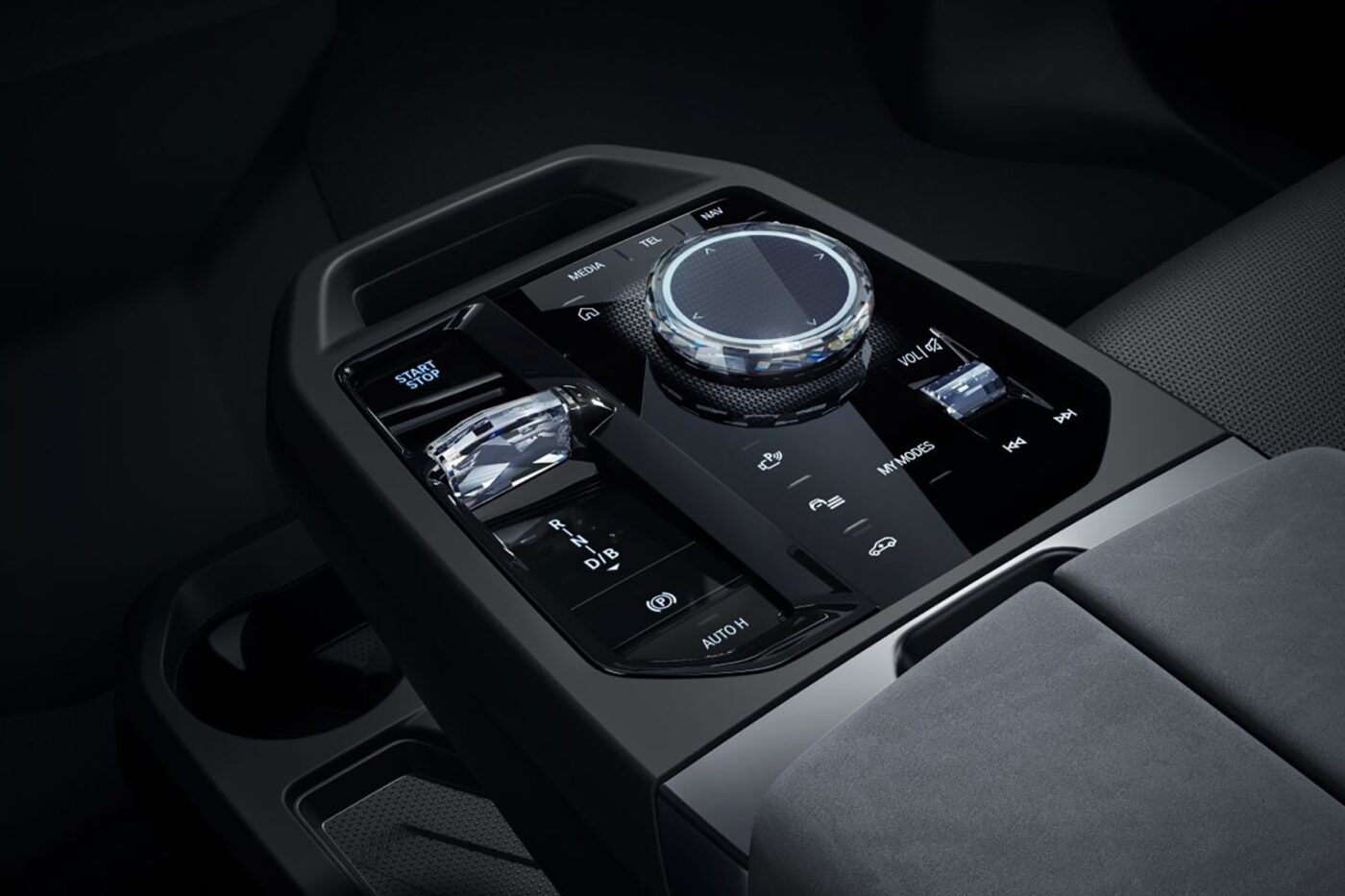
On the software side, the updated iX brings several new features for charging. The model now supports Plug & Charge Multi Contract and is compatible with solar- and load-optimised charging, as well as cost-optimised charging based on a dynamic electricity tariff. Additionally, the charging route planning in the MyBMW app and within the vehicle has been refined.
Now, users can easily select preferred charging station providers and define the desired charge level upon arrival at intermediate stops and the final destination. The system will also provide updated information during the journey about charging station availability, required charging times, their impact on arrival times, charging costs, and nearby infrastructure at each charging location.
Entry-Level Model Gets More Expensive, While Top Model Sees Significant Price Cut
With the facelift, BMW has made slight adjustments to the iX’s suspension – not due to significant criticism in the past, but to better align it with the increased power output and the “changed weight distribution resulting from the optimised battery technology.”
All variants also feature a towing capacity of up to 2,500 kilograms and a 100-kilogram towbar load. The roof load is uniformly set at 75 kilograms.
The new variants are now available for order in Germany. Given the substantial upgrades, including an additional 60 kW of power and nearly 170 kilometres more range, the entry-level model has become more expensive: BMW is now pricing it at €83,500, up from €77,300. However, both the new iX xDrive60 and iX M70 xDrive are more affordable. The iX xDrive60 is now available from €99,900, bringing it (theoretically) back into the five-digit price range (the iX xDrive50 currently starts at €107,900). The iX M70 xDrive sees a significant price reduction of €18,200, with its new price set at €124,900, down from €143,100.
Source: Info via email

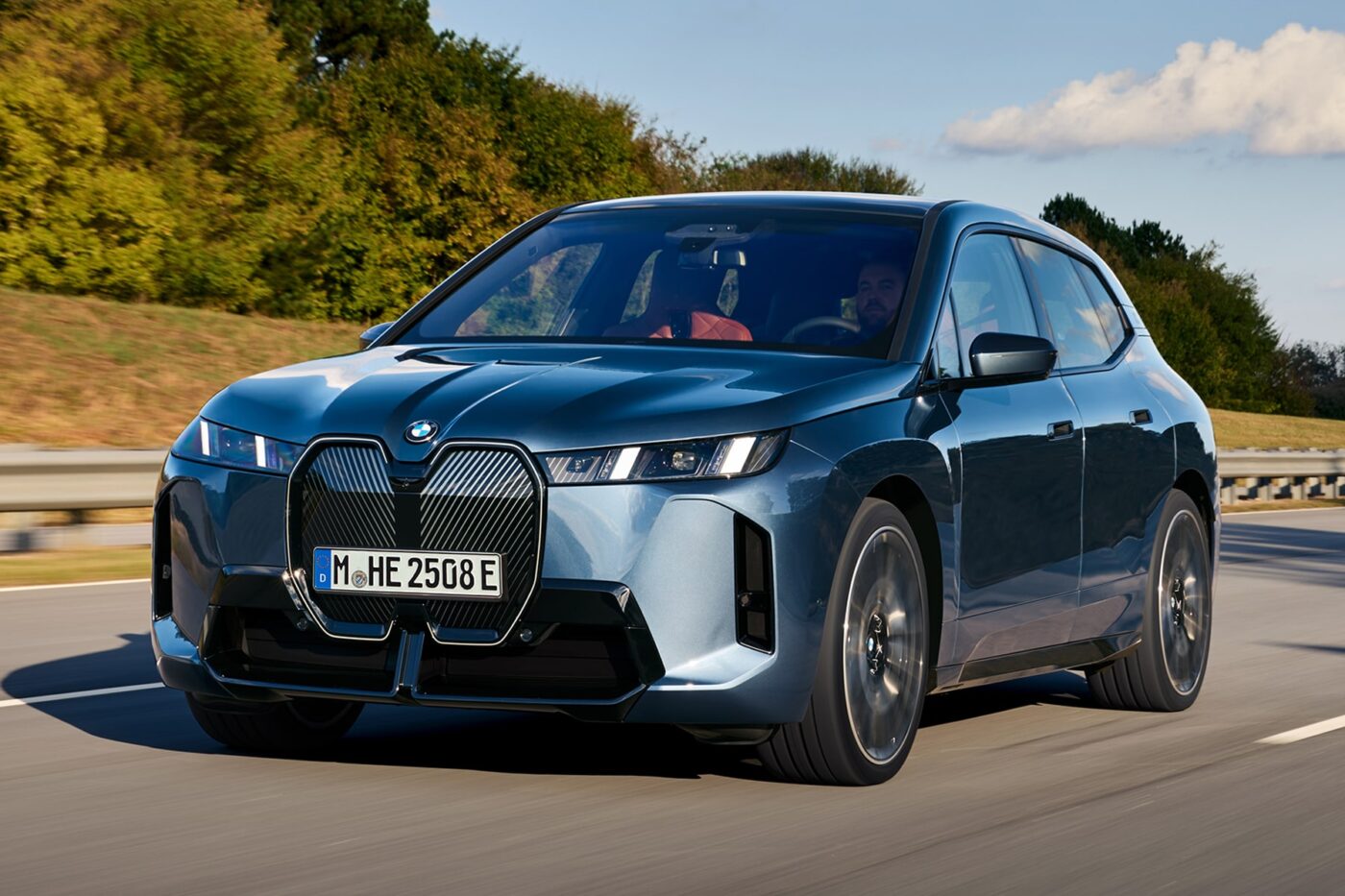
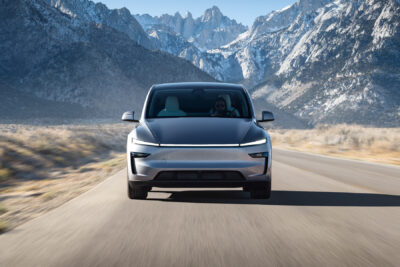
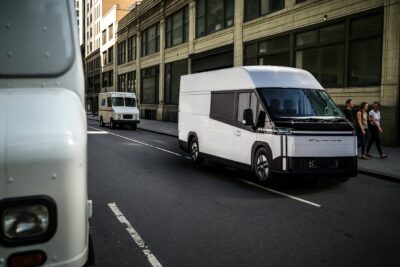
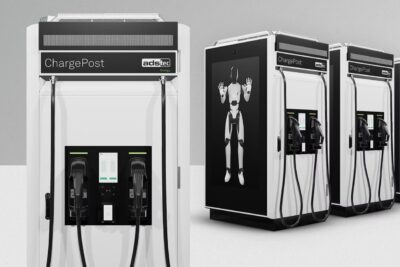
2 Comments